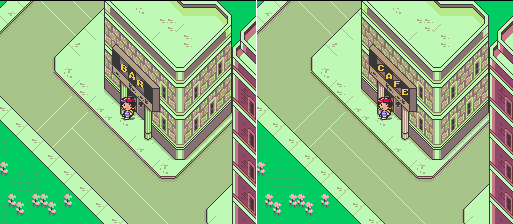 |
The purpose of this EarthBound / MOTHER 2 comparison section is to take a detailed look at what happened during the localization process between the two games. Some people have asked for a super-quick summary – a tl;dr version – so here you go. I suggest reading through the entire thing sometime though, if only to appreciate the amount of work Nintendo put into localizing the game for Western audiences.
The main differences between MOTHER 2 and EarthBound are:
- Violence was toned down a bit in EarthBound; violent-sounding text was altered and sound effects that might have seemed violent were replaced with other existing sound effects
- References to death and dying were removed or written around
- All alcohol references were removed or changed to coffee of some sort
- Religious references were removed or written around – even the tiniest little things that seemed perfectly fine
- Anything that the legal department thought might cause any trouble at all was removed or changed, a few of which include:
- The removal of all red crosses in the game, due to issues with the Red Cross organization
- The Runaway Five members’ outfits were changed to make them look less like the Blues Brothers
- The “Sky Walker” was changed to the “Sky Runner” to avoid the Star Wars reference
- Things like “Superman” references were altered to say “super hero” or such instead
- Topollo Theater was changed to Topolla Theater, presumably to avoid issues with the real-life Apollo Theater
- Anything else that seemed inappropriate was changed, just a few examples are:
- The word “Drug” on the various town maps and elsewhere was removed or changed
- The Happy Happy cultists’ battle sprites were altered to look less like KKK members
- ”Threek” was changed to “Threed”, possibly due to “Three-K” being a KKK reference
- Ness is nude in Magicant in MOTHER 2, in EarthBound he wears pajamas
- Various character names, place names, and other names were altered, sometimes for the better, sometimes for no clear reason at all (see here)
- Enemy names were made more verbose and interesting in general (see here)
- A number of item names and descriptions were changed (see here)
- Cultural references and jokes were either localized or dropped, a few of which include:
- The iron octopus statues were changed to giant pencil statues
- The kokeshi doll statue was changed to a giant eraser statue
- The Beatles, SMAP, APE, and Super Mario references in MOTHER 2’s default names were removed in EarthBound
- Historical/culture references like Ooshio Heihachiro were changed to similar American equivalents
- Changes were made whenever significant language difference demanded it; for instance, the player-naming screens act slightly differently between the two games
- A number of translation issues arose, which is natural given the tremendous size of the game’s script for the time:
- A lot of nuances throughout the game’s text were lost or completely changed – very little of this seriously affects the key points of the story, however
- There are a few exception to the above, though, including any text dealing with the metaphysical aspects near the end of the game and any text dealing with the “Apple of Enlightenment”, among a handful of other things
- It seems like a lot of little things relating to Pokey’s family were slightly altered to make
his home life seem a little less broken - Poems, songs, and such were often completely ignored or overlooked during the translation process
- Similarly, many lines that were clear in the Japanese text became ambiguous in EarthBound
- A number of genuine translation mistakes exist in EarthBound’s text – most of it is inconsequential to the key points of the game, though
- Text with clear gameplay instructions on what to do next were often made less clear in EarthBound’s translation
Sometimes EarthBound’s localization will do the opposite of what’s listed above, which makes things especially interesting. Sometimes we’ll find religious references left intact in odd places in the game, or cultural references wind up unchanged, things like that.
All that said, EarthBound’s localization was absolutely top-notch for the time. Game translations almost NEVER got this much careful treatment; just like Square’s RPGs from the time, EarthBound was one of the earliest text-heavy console games to be given a truly serious, competent, and enjoyable localization. Even after this, it took the industry many years to make this sort of treatment the norm.
Anyway, if you’re interested in the nitty-gritty of any of this stuff, definitely read through all the comparison pages, starting here. We see in detail what makes the EarthBound localization shine, where some of the original intent is lost, and just how much work the folks at Nintendo put into localizing this game back in 1994 and 1995!


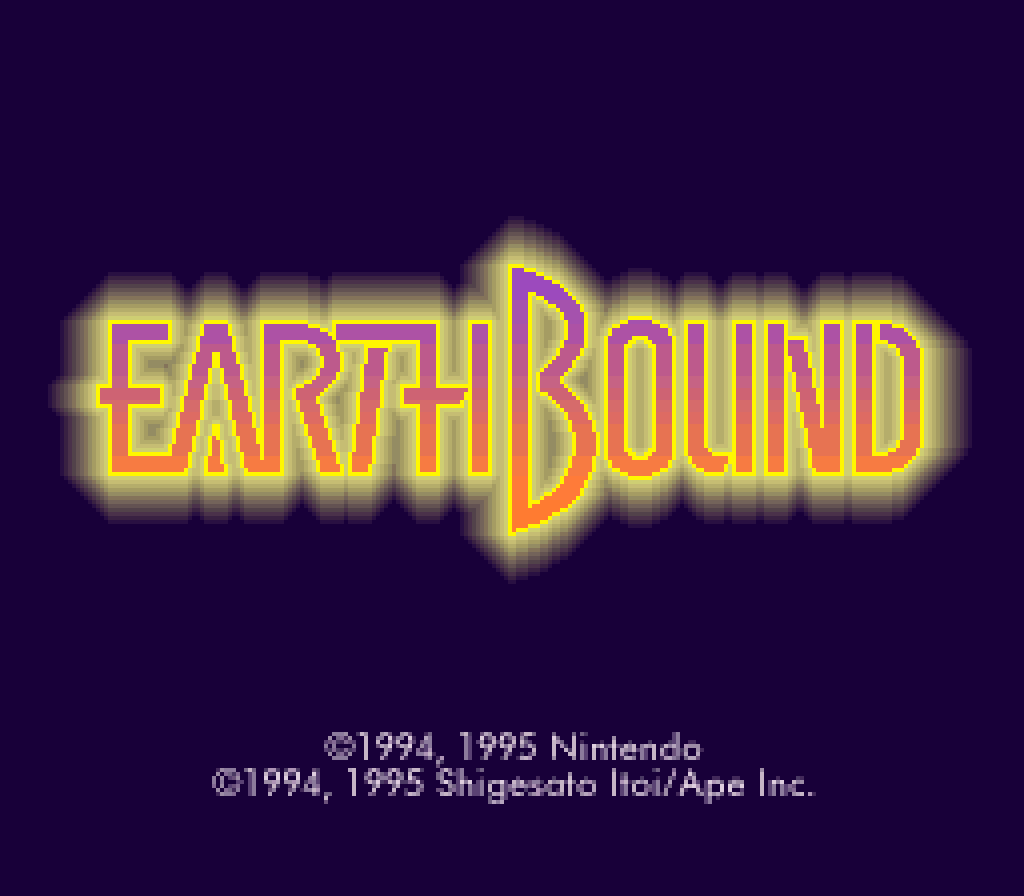
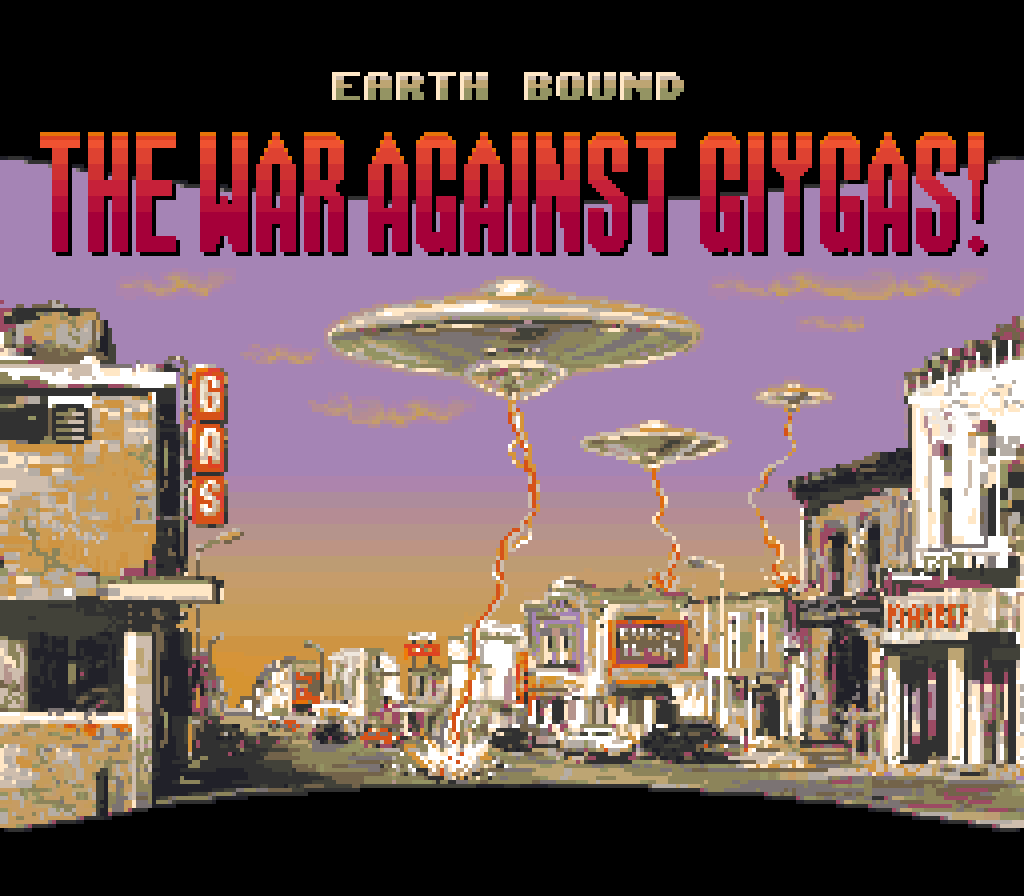


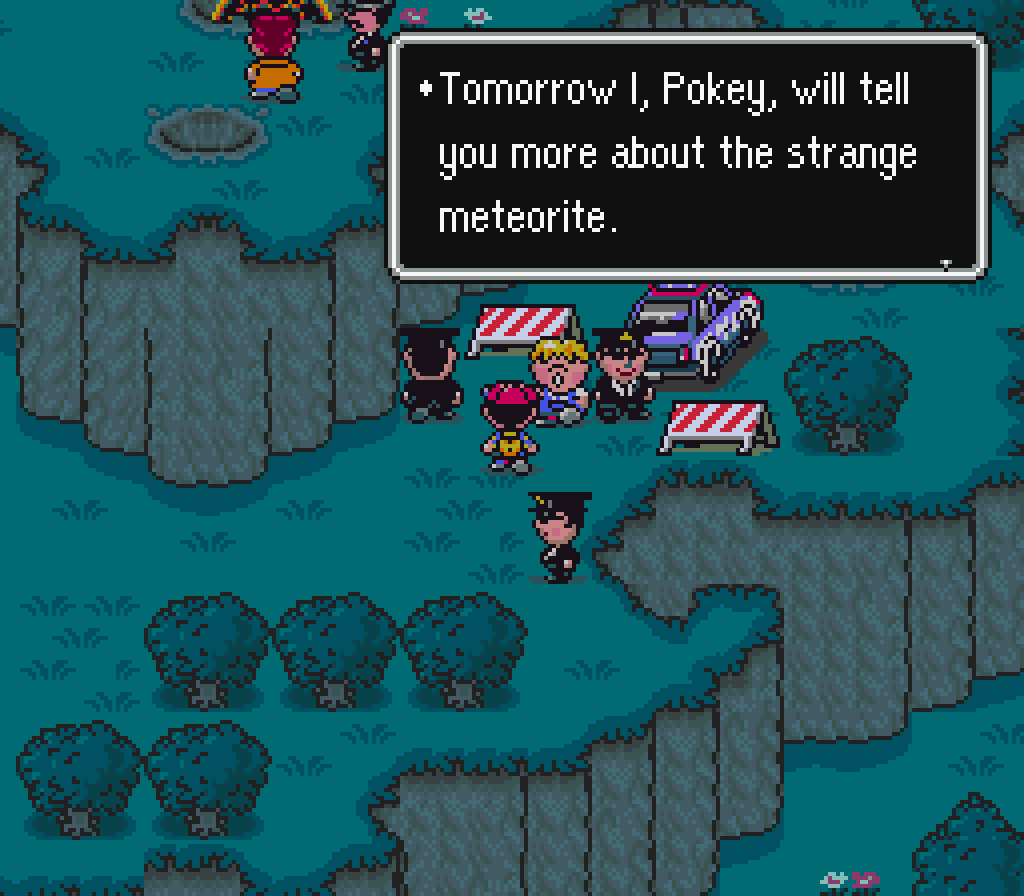
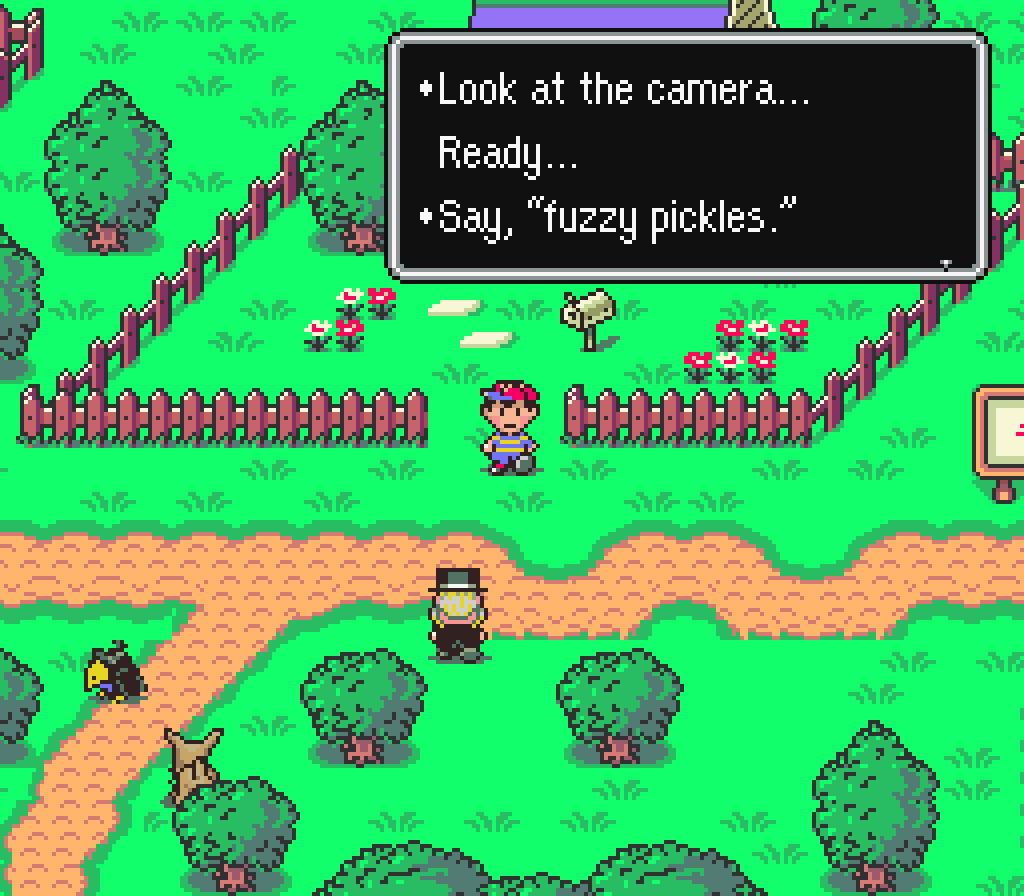
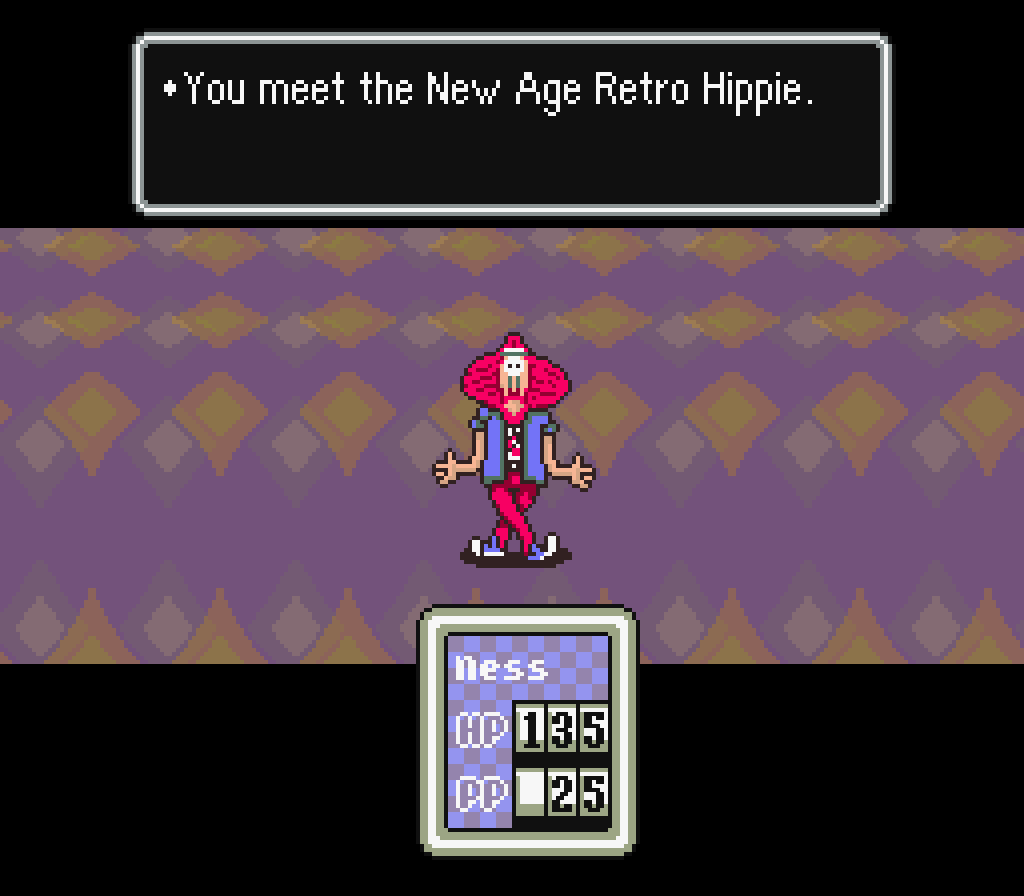
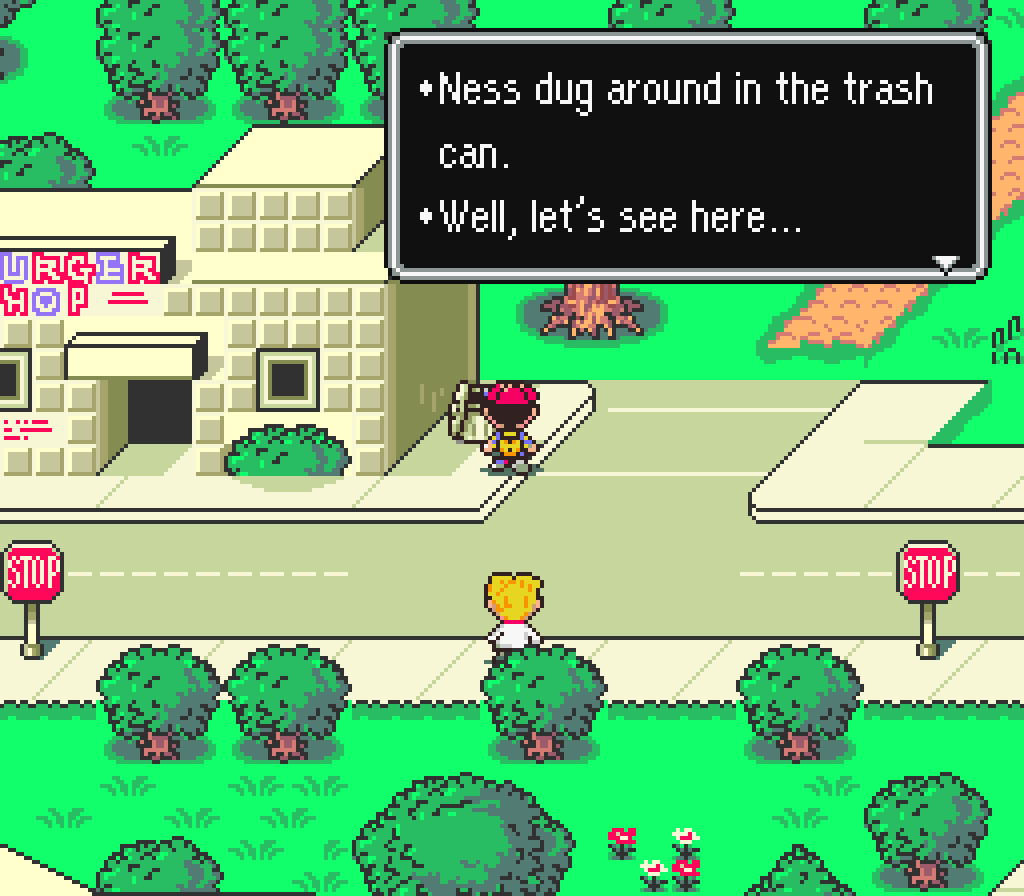
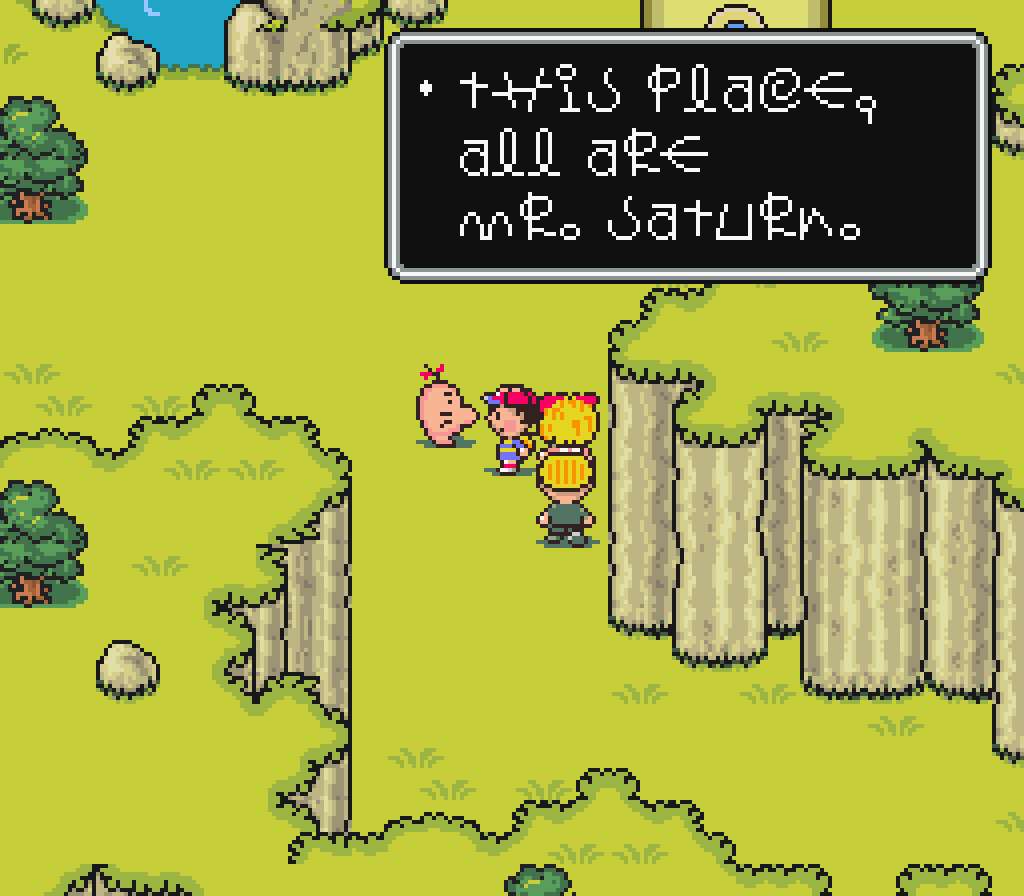

![Passport to MOTHER 2 [Learn Japanese!] Passport to MOTHER 2 [Learn Japanese!]](https://legendsoflocalization.com/wp-content/uploads/2018/05/pp-m2.jpg)
No Comments